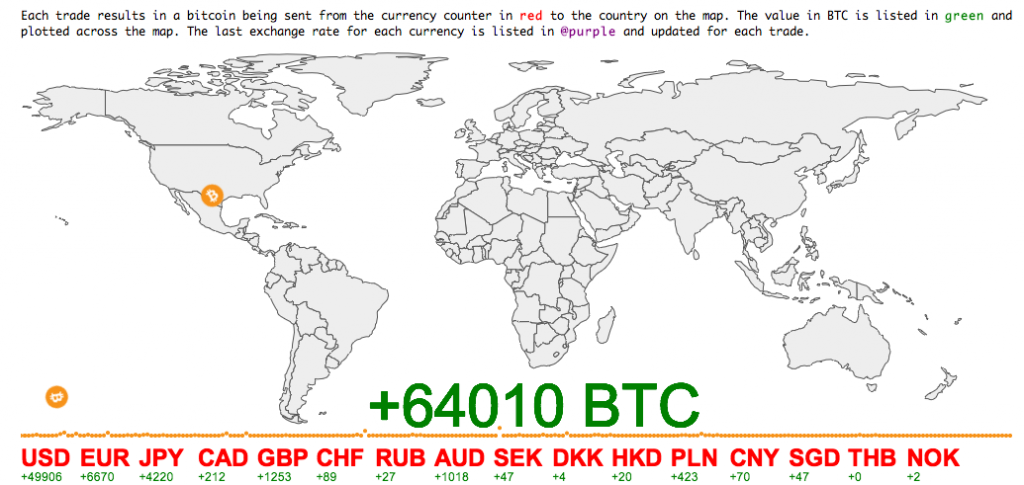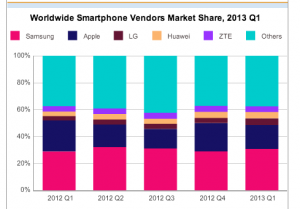From Stuff, this morning
This year, and for the first time in New Zealand, Fairfax Media is partnering with the Global Drug Survey to help create the largest and most up-to-date snapshot of our drug and alcohol use, and to see how we compare to the rest of the world.
That all sounds good. The next line (with a link) is
Take the survey here.
That doesn’t sound so good.
This research group has been running a survey in partnership with UK clubbing magazine Mixmag for years, and last year branched out to ‘Global’ status with the help of the Guardian. Not all that global, though: more than half the respondents were from the UK, with half of the rest from the US. As you might expect, the respondents were more likely to be from demographic groups with high drug use: overrepresented attributes included young, male, student, and gay or bi. The research team and their expert advisory committee includes experts in a wide range of areas needed to design and interpret a study of this sort, with one exception: they don’t seem to have a statistician.
What are the results going to be useful for? Clearly, any estimates of prevalence of drug use will be pretty much useless if the survey oversamples drug users as it has in the past. Comparisons with past surveys done by different methods will be completely useless. International comparisons within the survey will be a bit dodgy, since the newspapers taking part will reach different segments of each country– readers of the Fairfax media are quite a different subpopulation than Guardian readers.
Useful information is more likely to be obtained on drug prices, on subjective experience of drug taking, on harm people experience from different drugs, and on comparison between drugs: eg, among people who’ve tried both MDMA and cocaine, which do they keep using and why? In countries where there is no high-quality survey information, the semi-quantitative information about drug use might be helpful, but that’s probably not true for NZ or the USA. Certainly for alcohol use, the NZ Health Survey would be more reliable, and the estimates of street price of drugs from Massey’s IDMS should be pretty good.
For New Zealand, the most useful outcome would be if the survey provokes a repeat of the NZ Alcohol and Drug Use Survey, which was run in 2007-2008.
[Update: the NZ Health Survey was planned to have a drug use module in 2012. I can’t find any confirmation that it actually happened, or any planned release date for the data. See the comments. The module was administered and data will appear next year. So, it’s definitely not true that there hasn’t been an NZ survey since 2007/8, contrary to the story]




